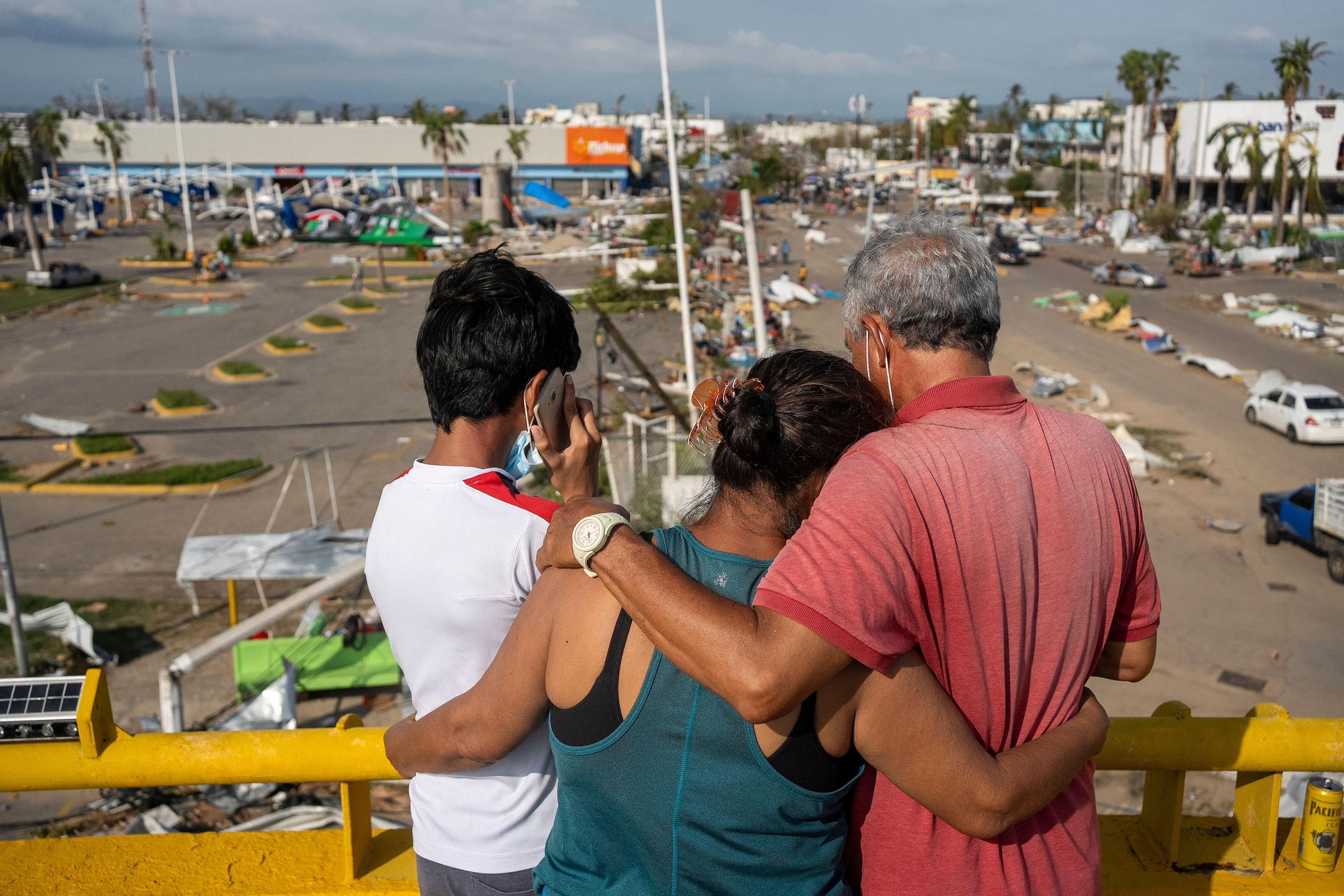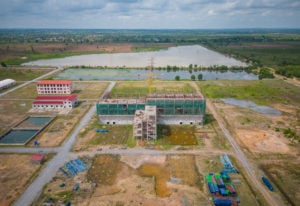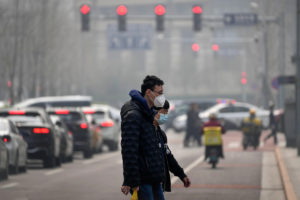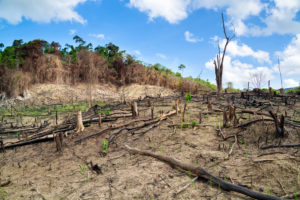The flow of international public finance going to developing countries to pay for adapting to climate change is 10-18 times smaller than what is needed, an updated assessment by experts has revealed. New and innovative sources of finance need urgently to fill the gap as climate disasters accelerate, they warn.
The update came in the latest edition of the UN Environment Programme’s Adaptation Gap report, released ahead of the COP28 UN climate negotiations to be held in the United Arab Emirates from 30 November to 12 December.
The finance gap is now estimated to be US$194-366 billion per year, more than 50% higher than previously estimated, UNEP said. This is down to growing needs, more comprehensive assessment, and international public finance flows falling by 15% in 2021, UNEP found. The drop, down to $21 billion, occurred despite the increasing frequency and severity of storms, floods, droughts and extreme heat.
Adaptation has historically been given a lower priority for financing than mitigation, to the consternation of developing countries. Many are falling further into debt to pay for disaster recovery, according to the International Institute for Environment and Development (IIED), a thinktank.
Adaptation finance stood at $25.2 billion in 2020 but fell to $21 billion in 2021. During COP26, at the end of that year, governments promised to double it from 2019 levels to US$40 billion by 2025. Meanwhile, mitigation finance has continuously increased, it noted.
Innovative sources
Because the adaptation finance gap has grown, even if the $40 billion promise is met – which UNEP deems unlikely – the gap would only fall by 5-10%, it says.
The report offers seven recommendations for increasing adaptation finance, with the three main ones being:
1. Increase international adaptation finance
A new climate finance goal for 2025 onwards – which is on the agenda for COP28 – could increase the amount and proportion going to adaptation projects.
2. Track domestic expenditure
Governments should improve monitoring of amounts granted, and their impact, to raise awareness among policymakers for integrating adaptation into budget planning.
3. Mobilise private investment
Governments could encourage businesses and private investors to finance adaptation projects by providing guarantees, insurance, concessional finance and grants. The report cites a road tunnel developed by the Malaysian government that was also designed to divert storm water. It secured private investment by allowing the private investor to levy a toll on vehicles using the tunnel in recognition that the stormwater diversion had public benefits.
The report highlights the economic imperative to adapting to climate change. Every $1 billion invested in protecting coasts from flooding leads to a US$14 billion reduction in economic damages. While US$16 billion per year invested in agricultural resilience would prevent approximately 78 million people from starvation or chronic hunger, it states.
Too little international climate finance makes it to the people and communities who are really feeling the impactsTom Mitchell, International Institute for Environment and Development
Speaking at a press briefing launching the report, Ibrahim Thiaw, executive secretary of the UN desertification convention said adaptation was not only an issue for developing countries, but for global businesses.
“You do not only invest in adaptation because you’re wanting to do good for humanity,” he said. “You invest in it because you want to do good for your own business. Companies in the agri-food system and others using natural capital need to invest in maintaining and sustaining their production.”
However, UNEP also stressed the need for new and innovative finance sources, such as remittances sent from migrants to their families back home, and increasing and tailoring finance to small and medium enterprises.
Reducing the cost of transferring remittances between countries would ensure that more money gets to people on the front line of climate change, according to Tom Mitchell, executive director of IIED.
“Too little international climate finance makes it to the people and communities who are really feeling the impacts, with huge sums lost to bureaucracy,” he says.
It also backs reform of the global financial architecture, such as finance disbursed through the World Bank and the International Monetary Fund (IMF), as proposed by the Bridgetown Initiative, an action plan developed by Barbadian prime minister Mia Mottley.
Mitchell agreed that reforming global finance was “long overdue”. But he pointed to other ways that developing countries could be helped within the current system. For example, debt swaps for climate and nature and innovative insurance schemes, which could free up millions for governments to spend on increasing resilience, he says.
Loss and damage
UNEP also found that progress had slowed in planning and implementing policy on adaptation. While five out of six countries have at least one national adaptation plan, strategy or policy, the number was plateauing, and projects slowing, it found.
The failure to fund, and plan and implement, climate adaptation has huge implications for “loss and damage”, which is covered in the report for the first time. This refers to the adverse effects of climate change not avoided by mitigation and adaptation efforts, such as sea level rise or species extinction.
The 55 most climate-vulnerable economies alone are estimated to have experienced losses and damages of US$525 billion in the past two decades. These costs will rise steeply in the coming decades, particularly if efforts to reduce emissions and adapt to climate change are not prioritised now, UNEP states.
A new international loss and damage fund will also be an important instrument to mobilise resources, UNEP said. Countries agreed to create the fund at COP27 in Egypt, in a major coup for developing countries.
Developing and developed countries were at loggerheads over who would host the fund. In October, they reached a compromise that the World Bank would serve as interim host for four years. Negotiators will debate the recommendation at COP28.
Henry Neufeldt, chief scientific editor of UNEP’s report warned that the costs of reacting to extreme weather were significantly higher than preparing for it in advance, and that failing to prepare would also increase loss and damage payments in future.
Regarding the risk of funding needed for adaptation going to loss and damage, and vice versa, he said: “It’s really important that this is not considered a zero sum game – loss and damage needs to have its own standing, and this should not be at the expense of adaptation.”









